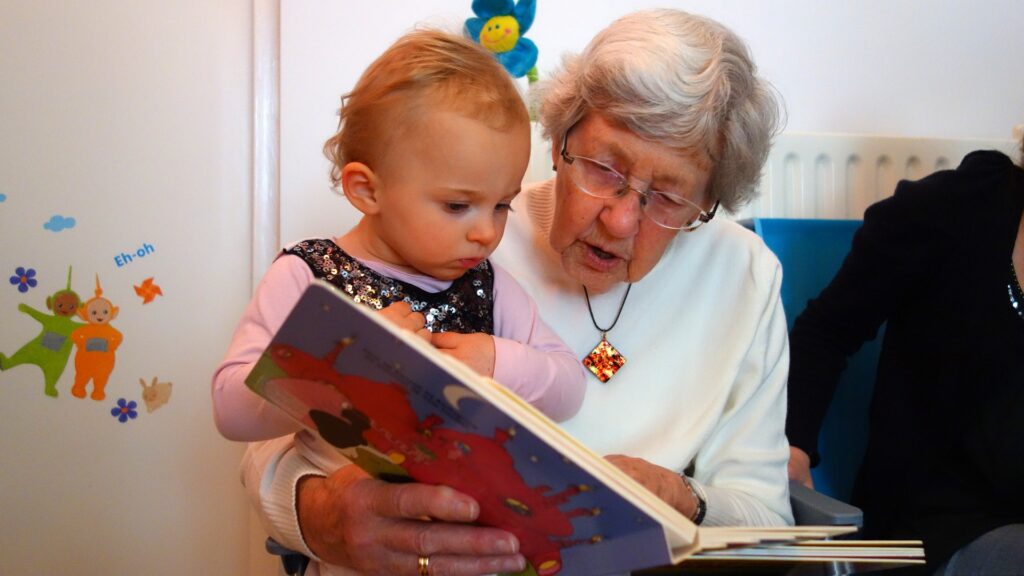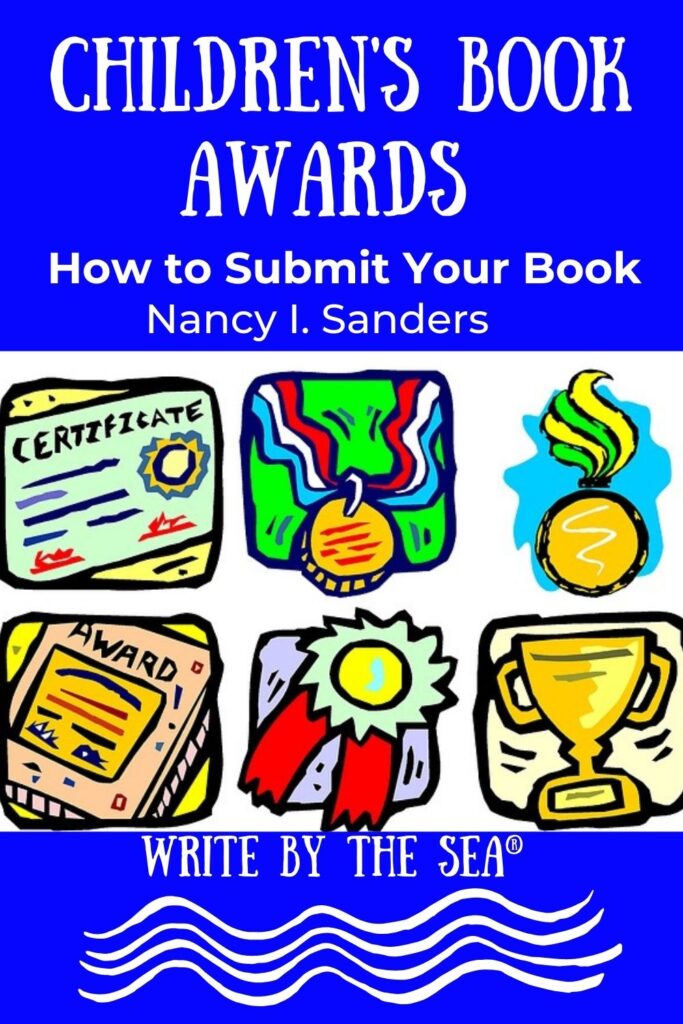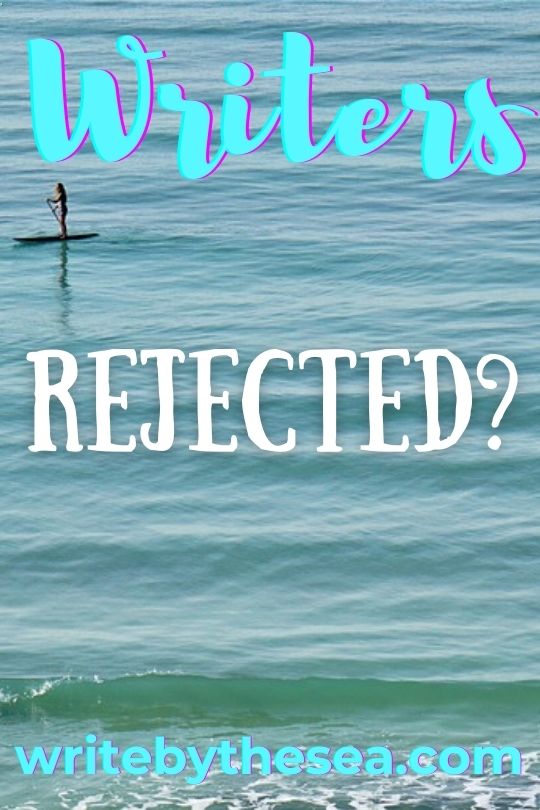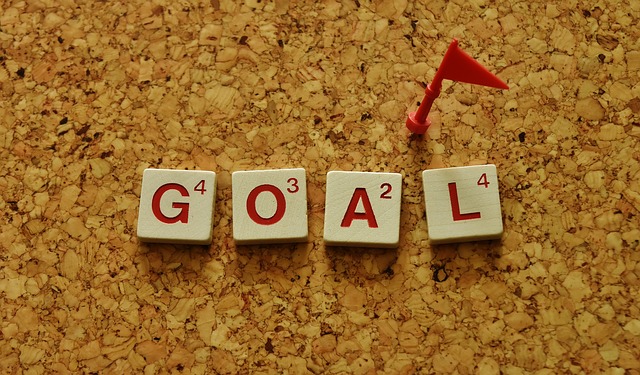by Nancy I. Sanders, Contributing Editor

It’s easy to publish your children’s book these days.
You can self-publish a chapter book or middle grade novel for free on amazon’s KDP.
And now you can self-publish a picture book e-book with Kindle Kids’ Book Creator.
All you need is content, right?
Technically, yes.
Lots and lots of folks are self-publishing the content of their stories today.
In fact, I just sat through an online webinar with children’s authors who have self-published lots of children’s books and were teaching us other writers how it’s done.
The problem is that the quality of many of these books is very, very poor.
Yes, each book looks wonderful to its author.
Yes, each story tugs at its author’s heart in a special way.
Yes, each book looks like a number one blue ribbon award winning title in its author’s eyes.
Yet these same authors wonder why their books don’t sell.
It’s often because the book they so tenderly love simply does not have the quality it needs to reach other readers in the same way it touches its author.
The good news is that this is a fixable problem.
Here are several strategies you can use to make sure your self-published book is the best it can be.
Strategy 1: Plan to take as much time, if not more, to edit your story as it took to write it.
Often we feel such an accomplishment as writers when we finish the first draft of our story from beginning to end, that we mistakenly assume we’re done.
At this point of the writing journey, however, it helps to have the mindset that we’re only part of the way to the finish line.
Plan to bring your manuscript out over the days and weeks ahead and take it through rounds of self-editing.
You’ll find helpful rubrics for your self-editing sessions at one of my sites, Writing According to Humphrey and Friends.
Plan to take your story through rounds of editing at critique groups.
It really helps to have other eyes give feedback and input.
Strategy 2: Look for mentor texts you can use as a quality-control guide.
A good standard to aim for is the quality of books in your genre that you find at a local bookstore.
These books are mostly published by traditional publishers.
This means that they had lots of editors and graphic designers give input to help make them shine.
Study the design on their covers.
Compare the layout of their interior.
Look at their techniques for character development, plot pacing, and setting.
Before you upload your manuscript to your self-publishing platform and design a cover for your own story, spend time looking at how the pros do it.
Strategy 3: Make it your goal to improve.
If you’ve been bitten by the writing and self-publish bug, have fun with your passion!
Attend conferences and rub elbows with other like-minded writers.
Join online writing communities where you can ask questions and get feedback and be encouraged as well as inspired.
Take writing classes and read how-to books and magazines.
Enjoy the writing journey.
Don’t just rush, rush, rush to pump out content that’s near and dear to your heart.
Take time to water it and nurture it and help it be the best it can be.
Learn how to add quality to your content and you’ll reap the rich rewards.
About Nancy I. Sanders


Learn tips of the trade and secrets of success in her Yes! You Can series of how-to books for children’s writers.
For more information, tips, and techniques on the writing journey, get Nancy’s how-to book for children’s writers, Yes! You Can Learn How to Write Children’s Books, Get Them Published, and Build a Successful Writing Career at http://yesyoucanlearn.wordpress.com.






